5 Ways to Ease Your Back Pain without Painkillers
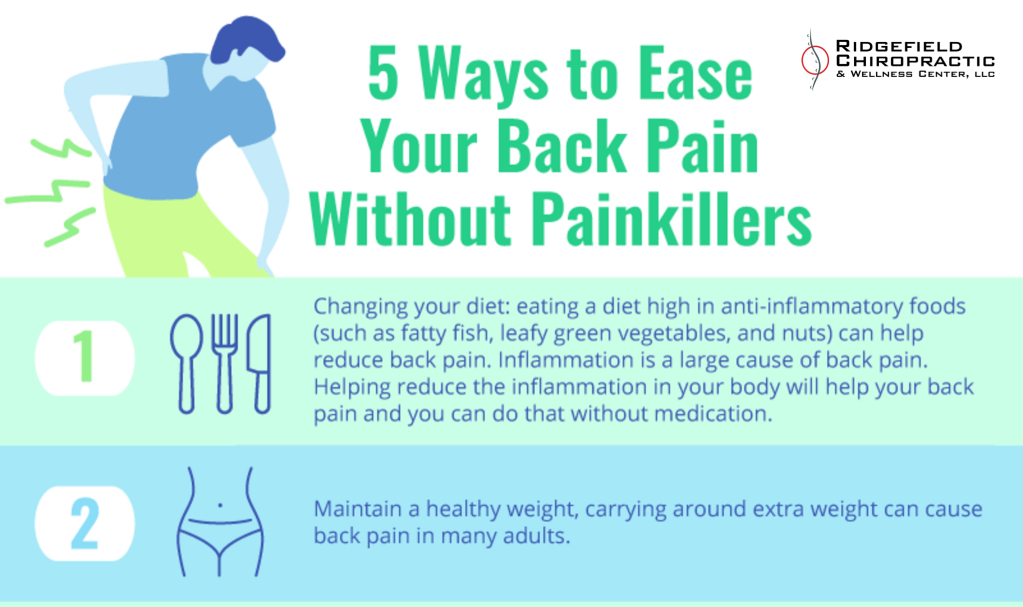
Back pain affects millions of people everyday, many back pain sufferers want to find relief without taking harmful and addictive pain medications or getting surgery, for many years pain medication and surgeries seemed to be the only way. There is good news, medications and surgeries are no longer the only way to relieve your back […]
9 Tips to Stay Active During the Winter Months
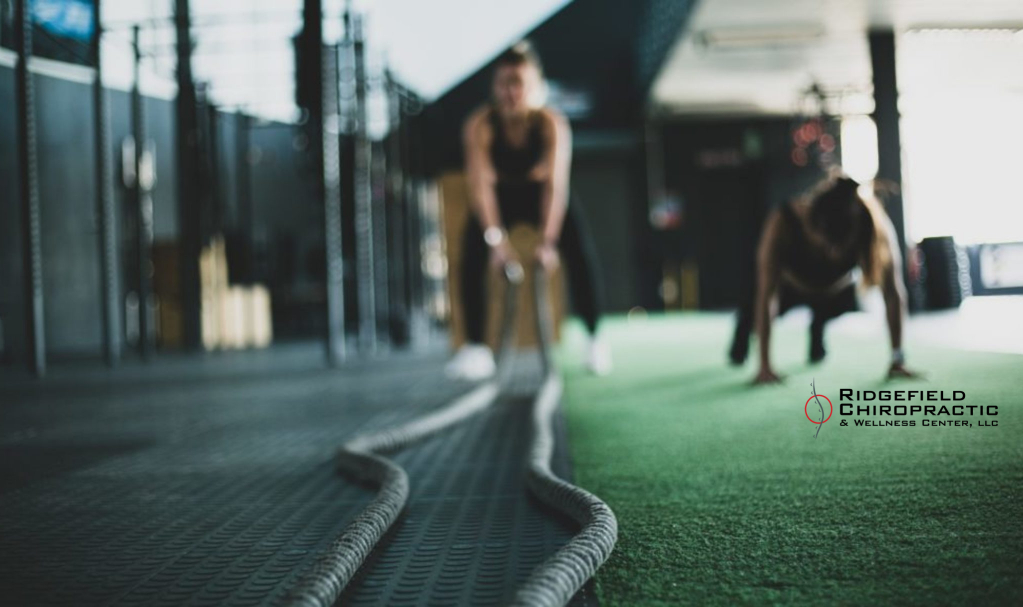
When the weather outside is frightful, being inside can feel so delightful. The only issue with that approach? It keeps us sedentary and stationery, creating a whole host of health concerns ranging from weight gain to increased back, neck, and hip pain. So, what’s the answer? Is there a way to stay active during the […]
Up Against the Wall: How to Break Up Your Day so You Feel Great
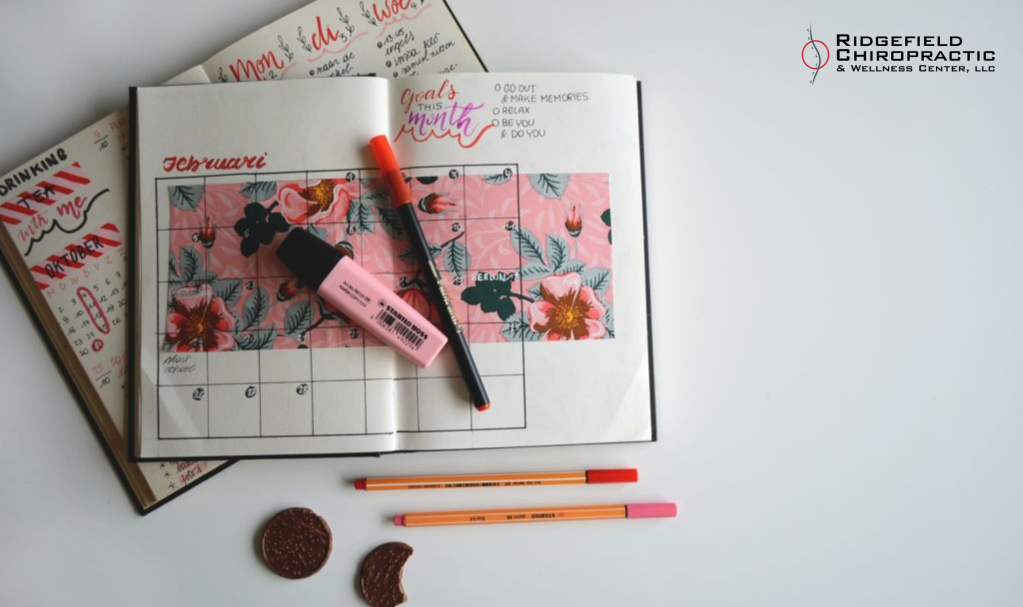
Think you have to get up at 5 am to be uber-productive? Think again! Sure, some high-performers rise at the crack of dawn and like doing so, but that’s not the only way to enjoy streamlined, simplified, enjoyable days. In this post, we’re going to share a few top tips to break up your days […]
How Your Chiropractor Can Help Relieve Sinus Issues
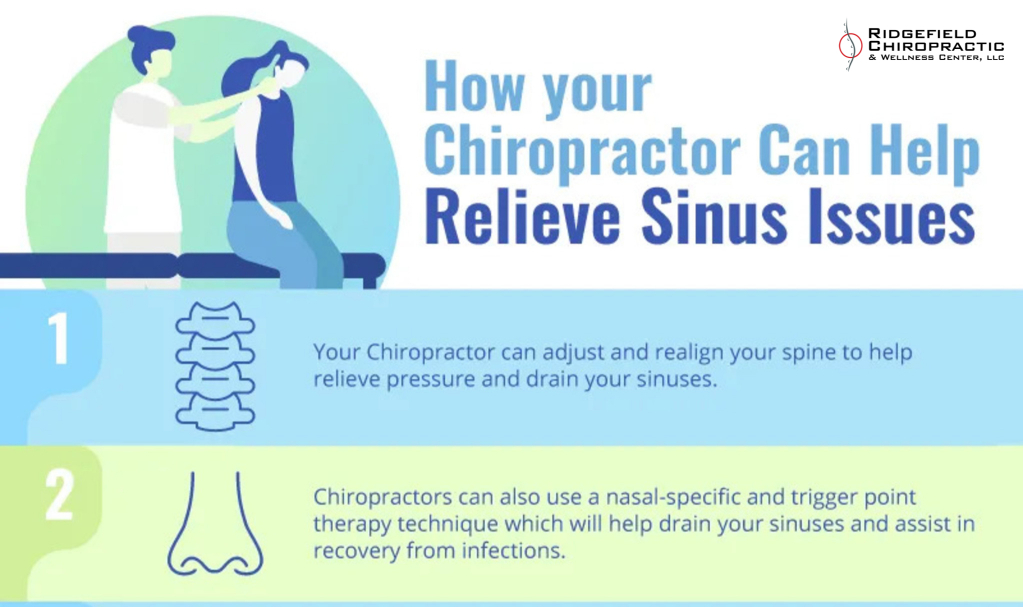
Sinus issues are no fun, depending on what area you live in and your allergies a lot of sinus sufferers go a decent part of the year dealing with sinus headaches, constant runny noses, and a constant stream of medicine. The great part is that you have options, great natural options to help with those […]
8 Benefits of Getting Your Workout in Water

What do the pool, beach, and ocean all have in common? Easy: they’re all an excellent place to get your daily workout! In addition to making your daily sweat sesh fun, working out in water also has some serious health benefits. Namely, it’s low impact on your joints and won’t worsen or inflame existing injuries […]
5 Tips for 1st Chiropractic Visit – Ridgefieldchiropractic
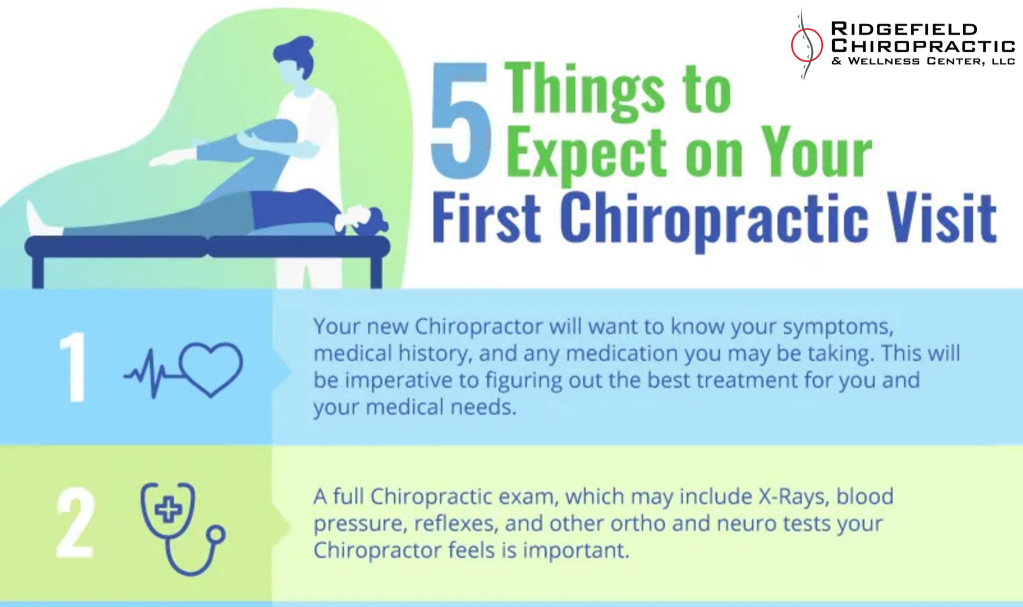
Going to any new healthcare provider can be nerve wrecking, especially if it is a type of doctor you haven’t seen before. Going to the Chiropractor for the first time most people want to know what to expect and what may happen during their first visit. We’ve rounded up the 5 things you can expect […]
5 Reasons You Need a Sit/Stand Desk
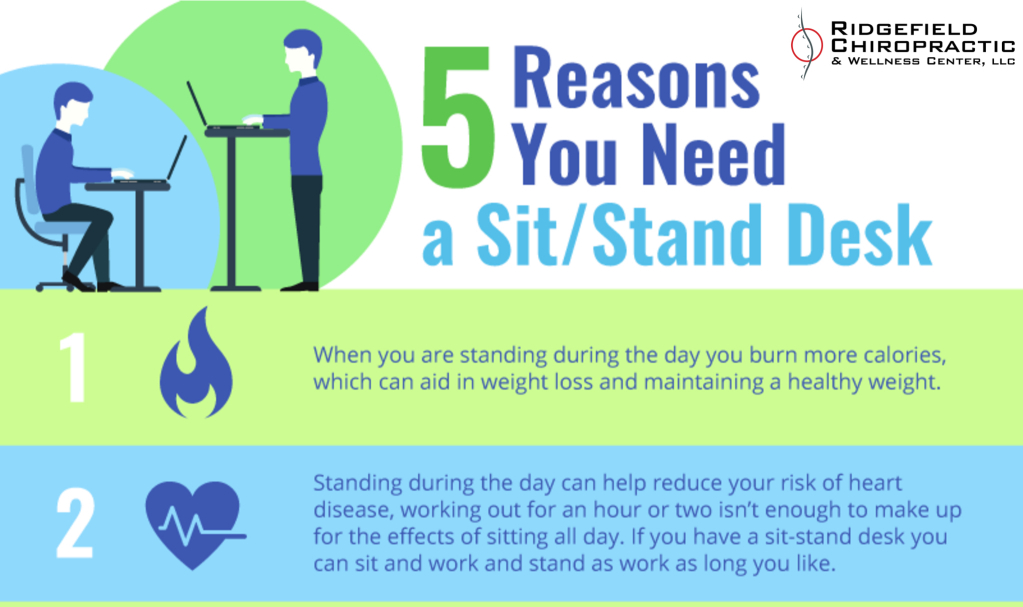
Those of us who work at a desk all know the neck and shoulder pain that can go with it, sitting all day is not only bad for your health, it’s bad for your neck/spine/head. Years ago sitting all day was the only real option for certain kinds of work, the good news is there […]
6 Reasons You Need a Massage Today
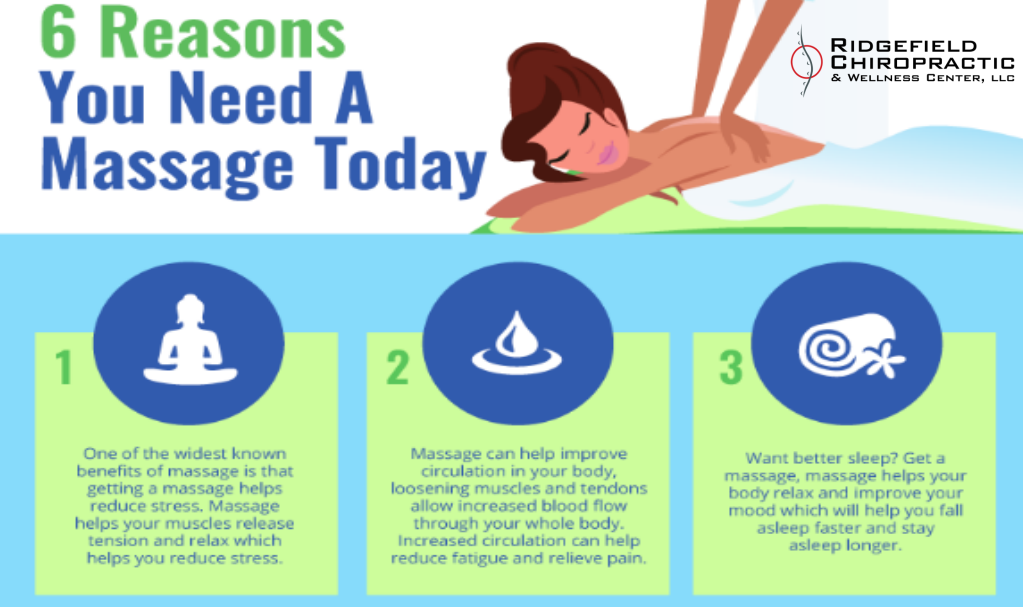
We all know how great getting a massage feels, how relaxed and relieved you feel after you get off the massage table. Getting a massage can often seem like a luxury and just for special occasions or gifts, however; there are some great benefits to getting a massage that will help your whole body! Massage […]
4 Things Athletes can do to Prevent Injuries

Each year, athletes throughout America suffer a collective 8.6 million sports injuries. These injuries range from easy-to-treat sprains and strains to career-ending concussions and broken bones. On the one hand, being an athlete involves the inherent risk of getting hurt. On another, there are ways athletes can take proactive measures to protect themselves in the […]
6 Ways to Enhance Your Post Workout
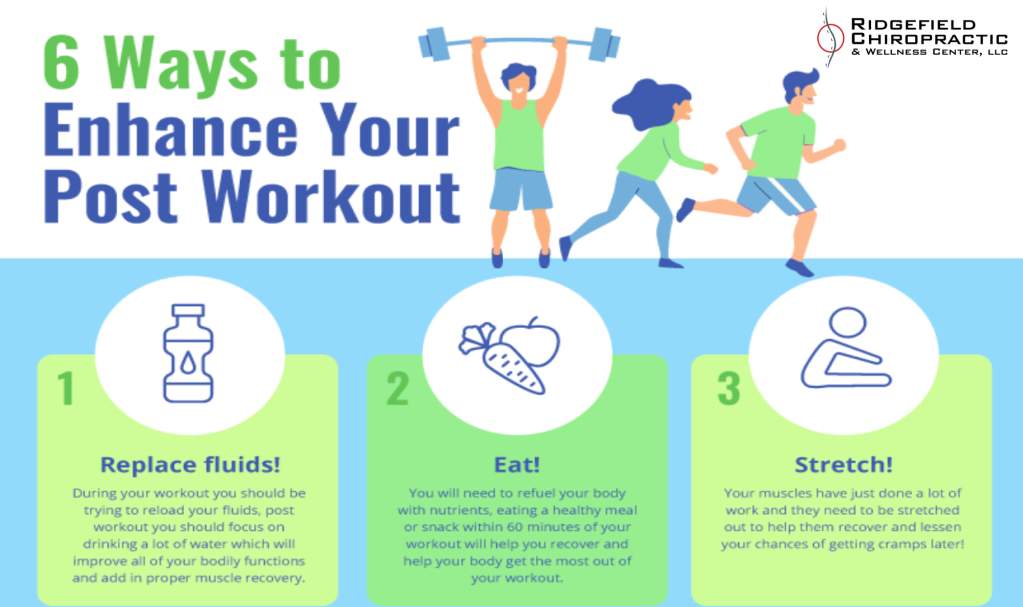
Working out is a great way to feel great and keep yourself healthy, a big reason people stop working out is due to muscle pain and strain they get after working out. Recovery after your workout is essential to muscle and tissue repair and will help you keep working out! The good news, there are […]
